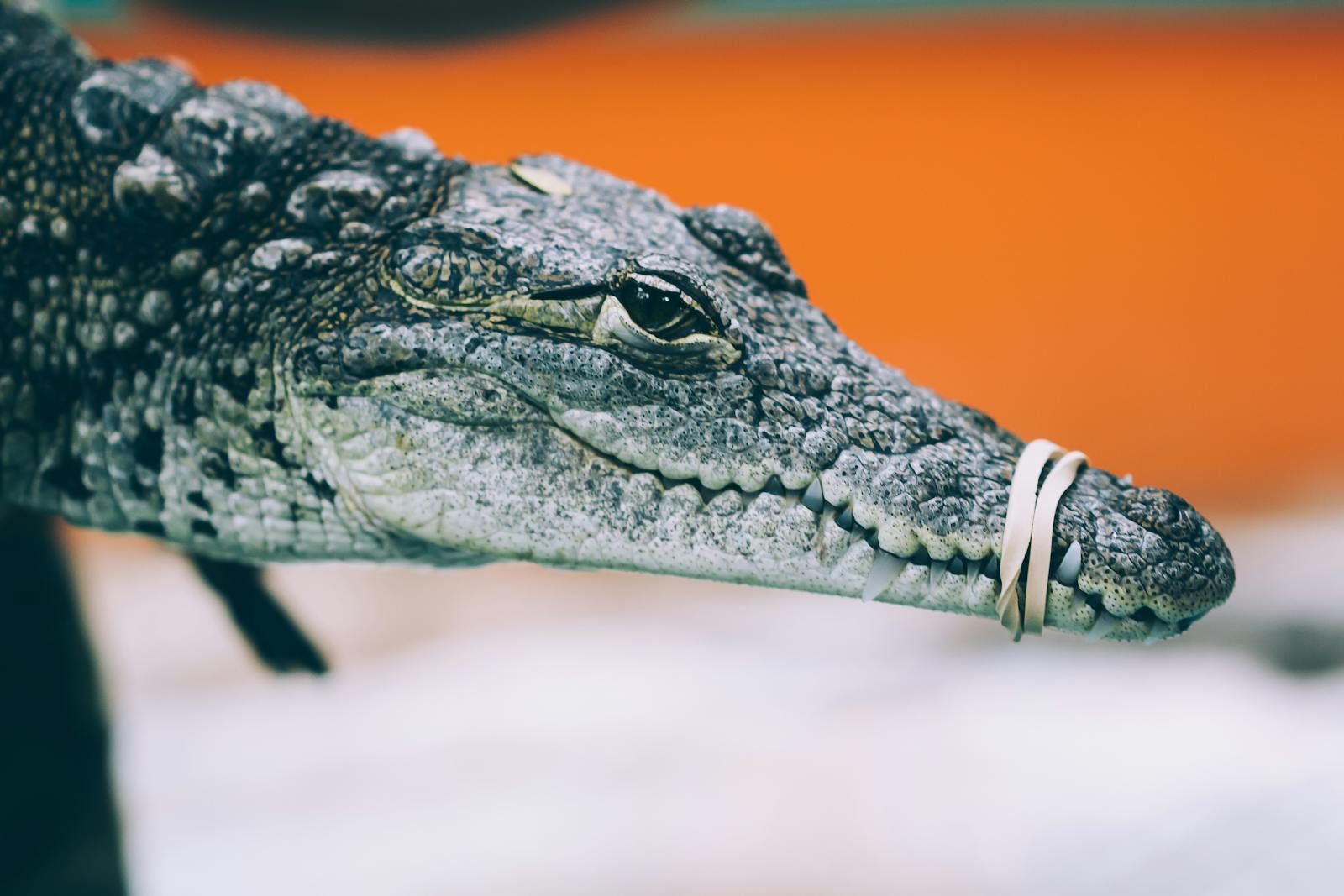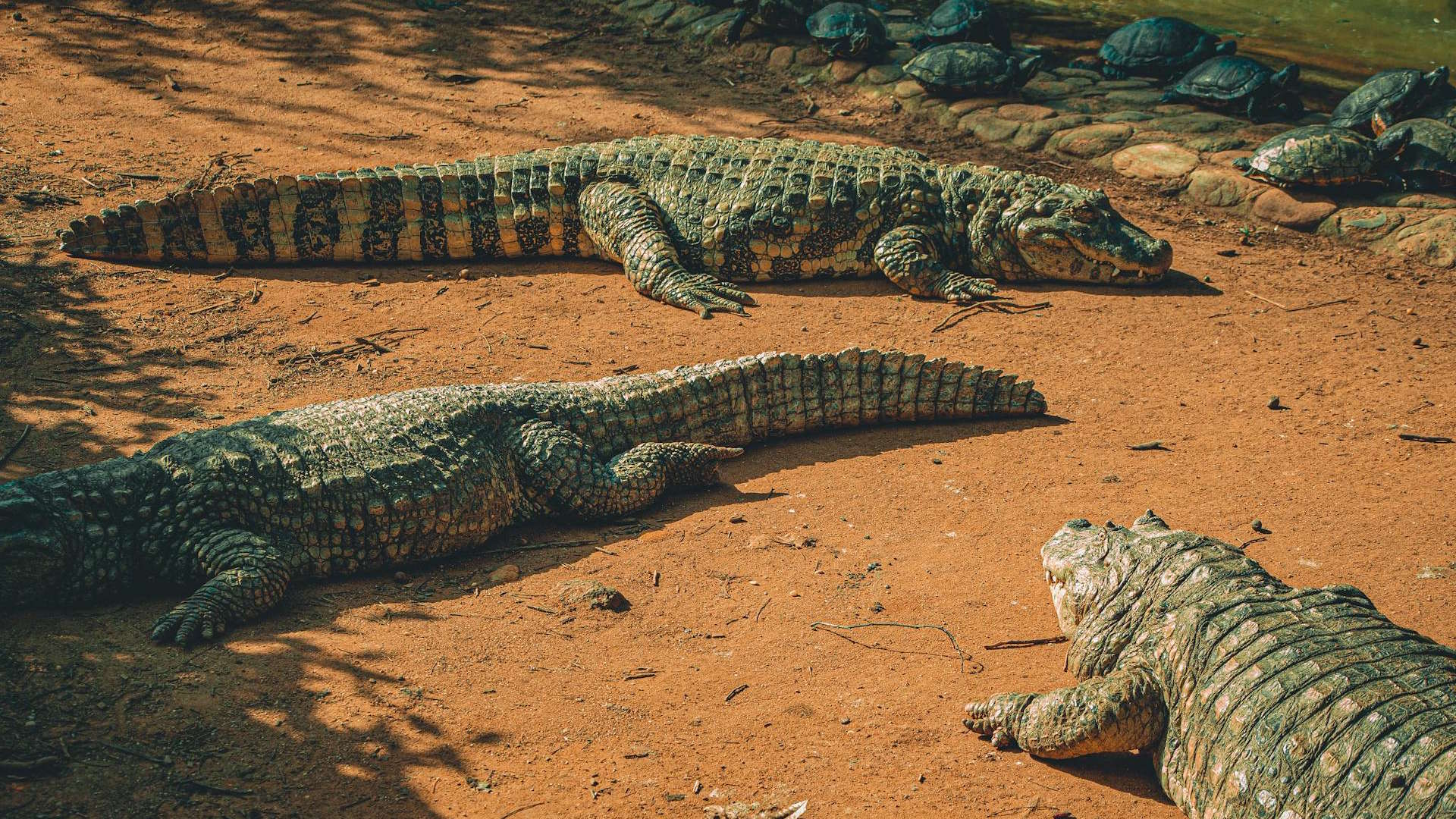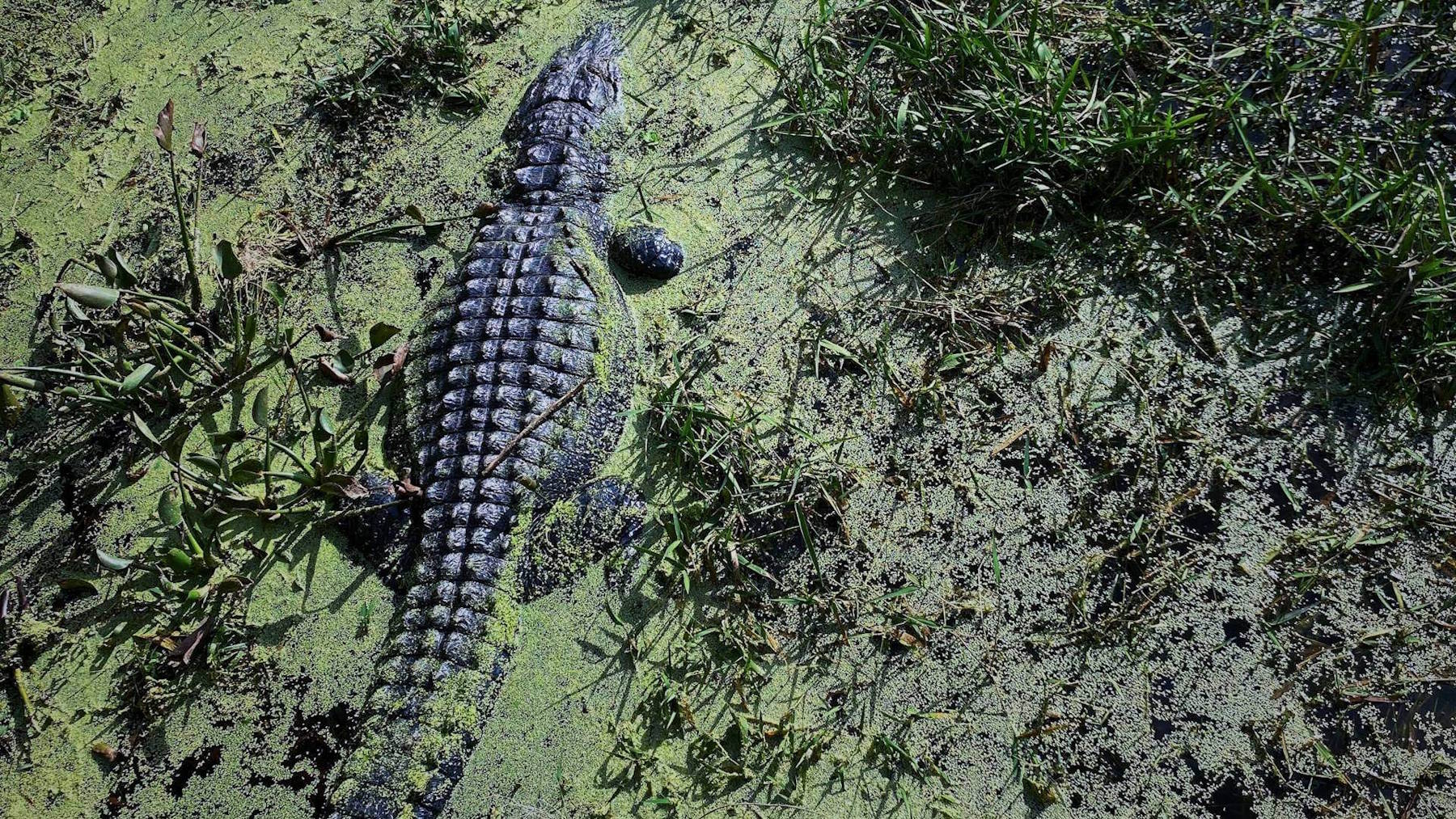In the murky waters of lakes, swamps, and rivers across the southeastern United States, American alligators reign as prehistoric predators that have survived for millions of years. While the average adult male measures around 13 feet in length, there exist rare specimens that grow to truly monstrous proportions. These exceptional creatures capture our imagination and remind us of a time when dinosaurs ruled the Earth. The quest to identify and document the largest alligator ever recorded has been filled with controversy, exaggeration, and genuine amazement at nature’s capacity to produce such impressive reptiles. Let’s dive into the fascinating world of record-breaking alligators and the stories behind these remarkable giants.
The Official Record Holder: Stokes Alligator

The officially recognized largest alligator ever recorded was caught in Alabama’s Lake Eufaula in August 2014 by hunter Mandy Stokes and her family. This massive reptile, known as the “Stokes Alligator,” measured an astounding 15 feet and 9 inches in length and weighed 1,011.5 pounds. The hunt for this behemoth lasted nearly five hours, with the Stokes family finally dispatching the creature with a shotgun after a lengthy struggle. Wildlife biologists who examined the specimen estimated its age at 24-28 years, which is surprising considering alligators can live up to 50 years in the wild, suggesting this individual might have continued growing had it lived longer.
The Louisiana Challenger: Captured in Vermilion Bay

Another contender for the title came from Louisiana, where in 1890, a massive alligator was reportedly killed in Vermilion Bay. Historical records claim this specimen measured 19 feet 2 inches, which would easily make it the largest ever recorded. However, modern biologists and herpetologists treat this claim with considerable skepticism due to the lack of standardized measuring techniques in that era and the tendency toward exaggeration in historical accounts. Without photographic evidence or preserved remains that meet modern scientific standards, this Louisiana giant remains a fascinating but unverified claim in alligator lore.
Understanding Alligator Growth Patterns

Alligators exhibit indeterminate growth, meaning they continue to grow throughout their lives, albeit at decreasing rates as they age. Young alligators can grow approximately one foot per year, but this rate slows considerably after they reach sexual maturity at around 6-7 feet in length. Environmental factors play a crucial role in determining growth rates, with abundant food sources, optimal temperatures, and minimal competition contributing to larger sizes. Notably, male alligators typically grow larger than females, which explains why nearly all record-holders are males, with females rarely exceeding 10 feet in length even in optimal conditions.
The Scientific Maximum: What Experts Believe
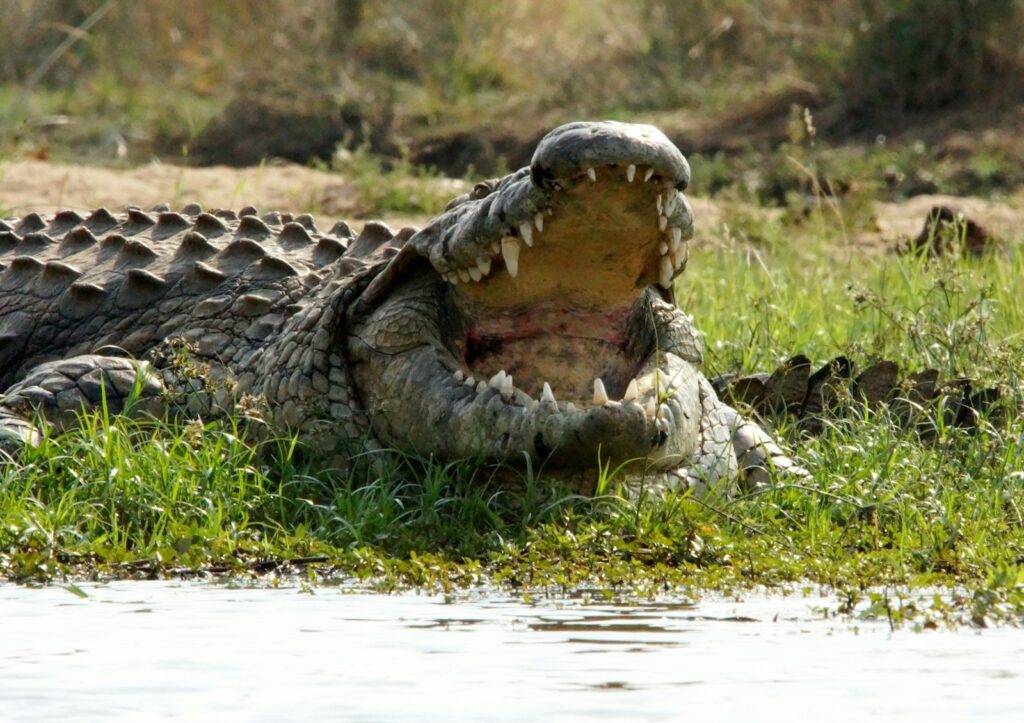
Despite occasional claims of 20-foot alligators, most herpetologists and wildlife biologists consider 14-15 feet to be the realistic maximum length for American alligators (Alligator mississippiensis). This scientific consensus is based on extensive field studies, examination of skeletal remains, and decades of documented captures. The physical limitations of the species’ biology likely prevent growth beyond approximately 16 feet, regardless of age or environmental conditions. Scientists suggest that the metabolic demands of maintaining such large body mass eventually create diminishing returns in terms of growth potential, establishing a natural ceiling for the species.
The Arkansas Monster: Caught on Camera

In 2012, a massive alligator estimated at 13-14 feet was photographed in Arkansas’s Columbia County. This giant became something of a local legend as it was repeatedly spotted in various waterways but evaded capture for years. Wildlife officials monitored the creature but opted not to remove it as it showed no aggressive behavior toward humans and remained in remote areas. The Arkansas giant demonstrates how large alligators often achieve almost mythical status in local communities, becoming subjects of both pride and cautionary tales for residents living near their territories.
Historical Records and Questionable Claims
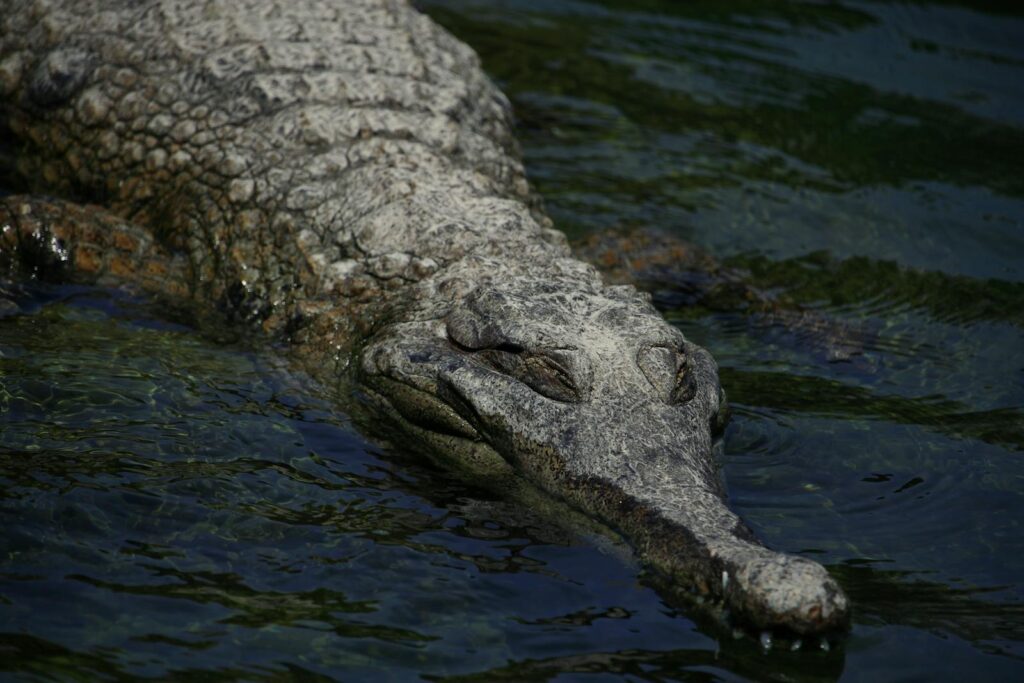
Throughout the 19th and early 20th centuries, numerous reports emerged of extraordinarily large alligators exceeding 20 feet in length. One notorious claim from Florida in 1912 described a 19-foot specimen, while newspapers in the 1890s occasionally featured stories of 22-foot monsters. Modern scientists typically discount these historical claims, attributing them to measurement errors, deliberate exaggerations for publicity, or simple misunderstandings about proper measurement techniques. Rather than measuring along the curve of the back as is standard today, historical measurements often included stretched-out specimens or added the length of detached tails, resulting in inflated figures that fail to meet contemporary scientific standards.
The Georgia Giant: Controversy and Confirmation

In 2013, Georgia wildlife officials confirmed the capture of a 13-foot 10.75-inch alligator from Lake Seminole, setting a state record at the time. The enormous reptile weighed 620 pounds and was estimated to be between 50-60 years old, demonstrating the correlation between age and exceptional size. The capture garnered national attention not only for the alligator’s impressive dimensions but also because it dispelled local myths about an even larger alligator supposedly inhabiting the lake. DNA samples collected from this specimen contributed valuable data to ongoing research about growth patterns in alligators living at the northern limits of their natural range.
The Florida State Record: Big Joe

The official Florida state record belongs to an alligator nicknamed “Big Joe,” captured in Okeechobee County in 1997, measuring 14 feet 3.5 inches. This massive reptile had become notorious for preying on cattle that came to drink at Lake Okeechobee, prompting wildlife officials to authorize its removal as a nuisance animal. Examination of Big Joe revealed numerous scars and injuries accumulated over decades, including bullet fragments from previous unsuccessful hunting attempts. His stomach contents included turtle shells, bird bands, and several dog collars, revealing the diverse and occasionally troubling diet of these apex predators when they reach such imposing dimensions.
Comparing American Alligators to Other Crocodilians

While American alligators are impressive in size, they are not the largest members of the crocodilian family. The saltwater crocodile (Crocodylus porosus) of Southeast Asia and Australia can reach lengths exceeding 20 feet and weights over 2,000 pounds, making them significantly larger than American alligators. Nile crocodiles can also outgrow American alligators, with verified specimens reaching 16-18 feet. The American alligator’s cousin, the Chinese alligator, represents the opposite extreme, rarely growing beyond 7 feet in length, highlighting the remarkable diversity within crocodilian species.
The Impact of Hunting Regulations on Size

The conservation status of American alligators has dramatically influenced the presence of exceptionally large specimens in the wild. Following severe population declines due to unregulated hunting in the early 20th century, comprehensive protection measures were implemented in the 1960s and 1970s. These conservation efforts allowed populations to recover and enabled more alligators to reach advanced ages necessary for extraordinary growth. Many biologists believe that as protected populations continue to mature, we may see more record-breaking specimens in coming decades, especially in managed wetlands where habitat preservation efforts have been particularly successful.
Measuring Methods and Controversies

The seemingly straightforward task of measuring an alligator has led to numerous controversies regarding record claims. The officially accepted method requires measuring in a straight line from the tip of the snout to the end of the tail, with the animal laid flat on its belly. Alternative methods, such as measuring along the curved spine or stretching the animal out, can add significant length to the reported figure. Temperature can also affect measurements, as alligators’ bodies may expand or contract slightly based on ambient conditions. These variables explain why some reported lengths are met with skepticism from the scientific community until verified using standardized techniques under controlled conditions.
Ancient Relatives: Prehistoric Giant Alligators
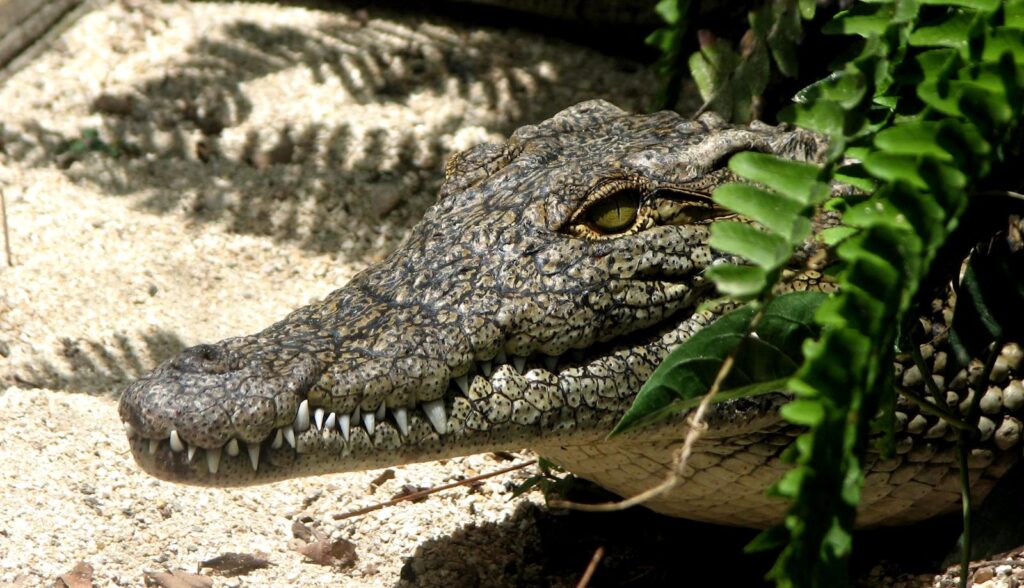
The modern American alligator, impressive as it may be, pales in comparison to some of its prehistoric relatives. Deinosuchus, often called the “terror crocodile,” lived alongside dinosaurs approximately 82 to 73 million years ago and could reach lengths of 33 to 40 feet. Fossil evidence indicates these ancient giants had crushing bite forces capable of preying on dinosaurs. Another prehistoric relative, Purussaurus from South America’s Miocene epoch, reached estimated lengths of 41 feet with massive skulls nearly six feet long. These ancient giants provide evolutionary context for today’s record-breaking alligators, which represent just a fraction of the size their lineage once achieved.
The Future of Giant Alligators
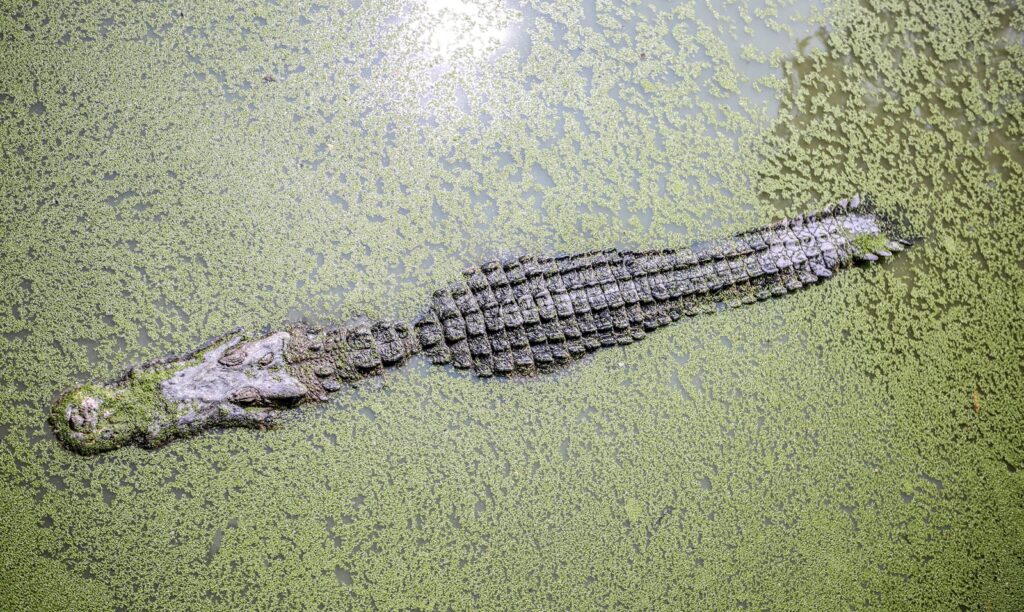
As climate change alters habitats and human development encroaches on wetlands, the future for exceptionally large alligators remains uncertain. Some research suggests warming temperatures could accelerate growth rates in certain regions, potentially producing more record-sized specimens. Conversely, habitat fragmentation and pollution may limit the likelihood of alligators reaching advanced ages necessary for maximum growth. Conservation efforts focused on preserving large, interconnected wetland ecosystems represent the best hope for future generations to witness these impressive biological marvels. Continuing research on growth factors and genetics may eventually reveal why certain individuals achieve such remarkable dimensions while others of the same species remain more modest in size.
Conclusion
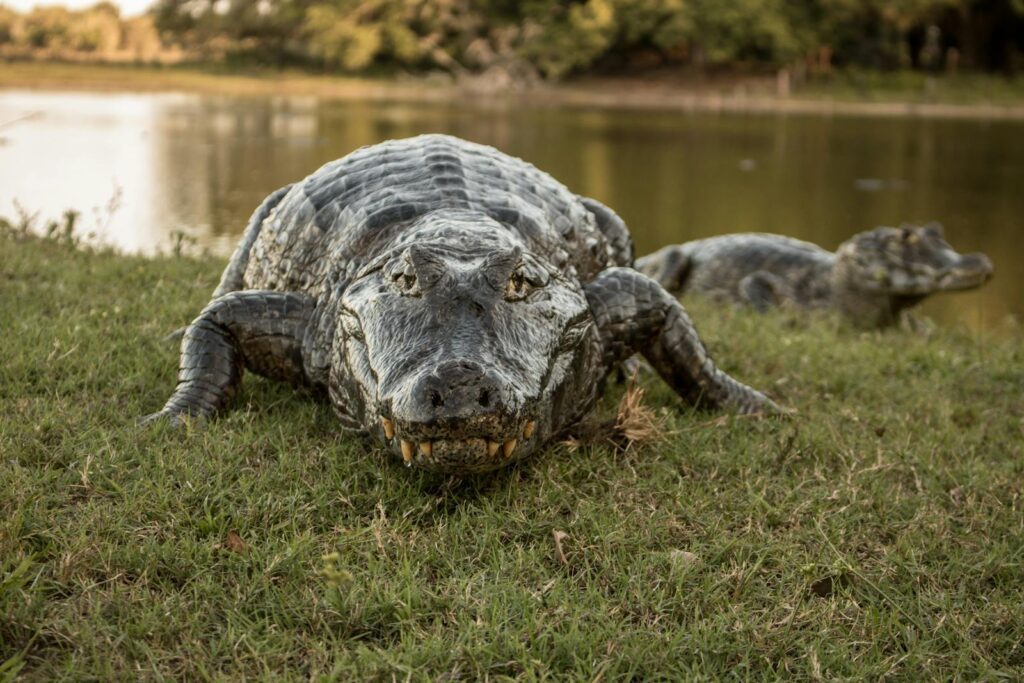
The search for the largest alligator ever recorded continues to captivate our imagination and scientific curiosity. While the Stokes Alligator currently holds the official record at nearly 16 feet, the biological potential of the species and historical accounts suggest that slightly larger specimens may exist or have existed. These magnificent creatures represent living connections to prehistoric times, having survived virtually unchanged for millions of years. As we continue to protect their habitats and study their biology, we may yet discover even more impressive examples of these ancient reptiles. What remains certain is that these massive predators command respect not only for their imposing size but also for their remarkable resilience through the ages, standing as testament to nature’s capacity for creating truly extraordinary creatures.

